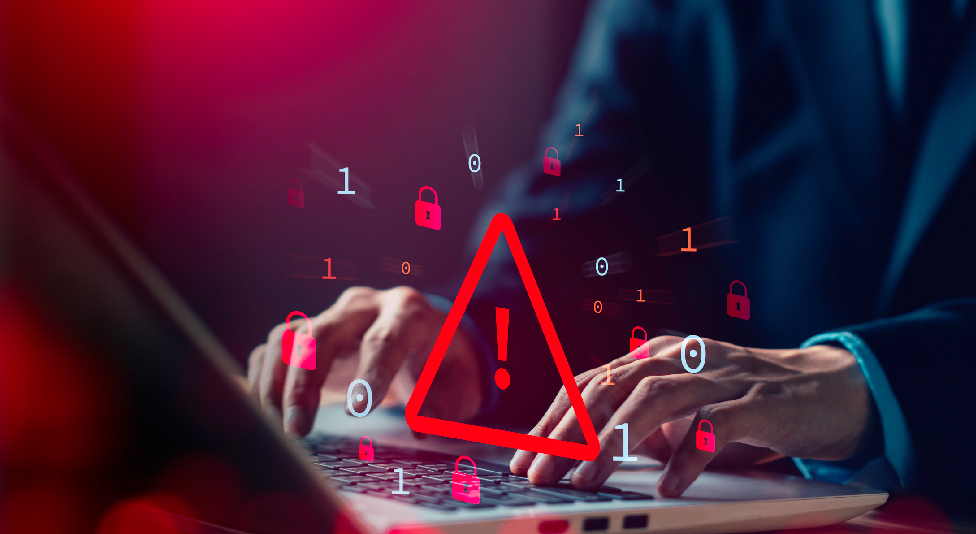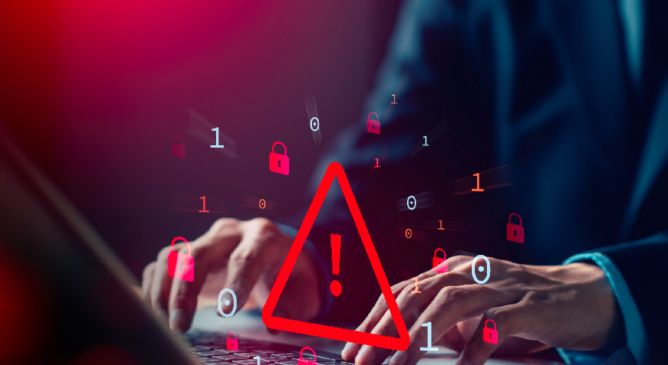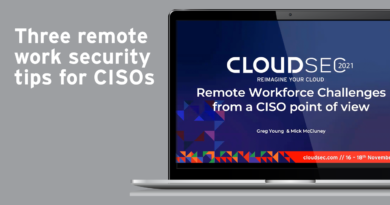Cyber Risk Management: Bring Security to the Boardroom

Furthermore, the integration of risk indices, ranging from 100 to zero, allows for a holistic evaluation of the security landscape. This includes not only cloud assets but also devices, users, internet-facing assets, and other facets of the organization. It’s imperative to extend visibility beyond the cloud, integrating with third parties if necessary, to ensure a complete risk picture.
Risk scoring is a method used to evaluate and prioritize risks within an organization. By assigning scores to different risks, businesses can effectively prioritize their investments and remediation efforts to address the most critical issues.
Risk scoring is very complex, mainly when we talk about how can we collect all the cloud assets, and identify their risk, cloud misconfiguration, vulnerability, threats, and more after doing it measuring each risk and calculating the proper risk of assets based on their criticality, environment, internet facing, sensitive data and more. All this must be considered during the risk scoring for better risk prioritization and investments.
Crafting a Proactive Cloud Security Strategy
A proactive stance is paramount in the realm of cloud security. This begins with an Attack Surface Risk Management approach, aiming to prevent issues rather than reacting to them. Key strategies involve enhancing compliance levels, implementing patching technologies, ensuring robust authentication mechanisms for API gateways, and more.
Here is some important information that you could be collecting and understand in your environment based on ASRM for cloud:
Based on those results here is one example of a cloud security strategy to help focus on decreasing the risk, and increasing visibility and protection for your hybrid cloud environment:
Cloud detection and response (CDR) mechanisms play a pivotal role in maintaining vigilance against potential threats. By leveraging cloud trail data and correlating it with real-time metrics, organizations gain the ability to detect and respond promptly to suspicious activities. Centralizing visibility for container telemetry and workloads ensures a comprehensive understanding of the infrastructure’s security posture.
Don’t forget about protection. It can help you to mitigate attacks, vulnerabilities, and threats known by cybersecurity vendors helping your SOC team to minimize the amount of detection and response in many cases.
In summary, while detection and response play a vital role in identifying and responding to threats, runtime security provides an additional layer of protection by actively preventing and mitigating threats in real-time, especially those targeting the runtime environment and exhibiting unusual behaviors. Combining both CDR and runtime security enhances overall cybersecurity posture and reduces the risk of successful cyberattacks.
The Boardroom Connection
Engaging the board requires a strategic approach, emphasizing clear communication and contextual visibility. Board members are increasingly recognizing the impact of poor security on an organization’s reputation, budget, and overall well-being. Therefore, it’s essential to translate security concerns into tangible metrics that resonate with the board.
Real-time metrics, alignment with business goals, and educating the board on cybersecurity nuances create a solid foundation for these conversations. The emphasis should be on justifying budget allocations, having a well-defined incident response plan, and establishing clear cybersecurity objectives that align with the organization’s trajectory.
The significance of information security is rapidly increasing as executives recognize that inadequate security measures can lead to irreversible harm to the business, several factors contribute to this increasing awareness and recognition of the critical role that information security plays in the business landscape:
- Data Breaches and Cyber Attacks
- Regulatory Compliance
- Rising Cybersecurity Threat Landscape
- Reputational Damage
- Intellectual Property Protection
- Operational Disruption
- Increased Connectivity
- Supply Chain Risks
- Digital Transformation
- Financial Impact
Being able to quantify and monitor in real-time your organization’s risk is key to a better conversation with the board and to a better cybersecurity strategy in your organization. Here is a simple example of quantification based on the risk assessment provided before as one example too:
Closing Thoughts: Towards a Secure Future
Assessing risk, aligning security with business goals, and defining clear objectives are the cornerstones of bringing cybersecurity to the boardroom. Regular communication that showcases the evolution of security measures and a decreasing risk index can foster trust and understanding between security teams and the board.
As organizations navigate the digital landscape, a proactive and informed approach to cyber risk management becomes not only a necessity but a strategic advantage. By effectively communicating security concerns to the board, organizations can ensure that cybersecurity is not just an operational concern but an integral part of the organizational strategy.
In conclusion, the journey towards a secure future involves not only deploying advanced security measures but also translating their impact into a language that resonates with the boardroom. With a well-crafted cyber risk management strategy, organizations can fortify their defenses, minimize vulnerabilities, and build a resilient foundation for the challenges of the digital age.
Read More HERE




